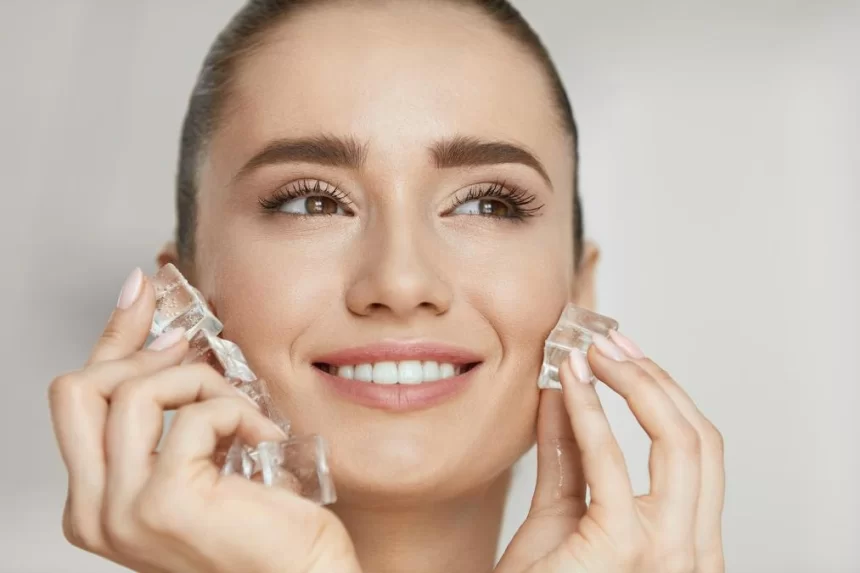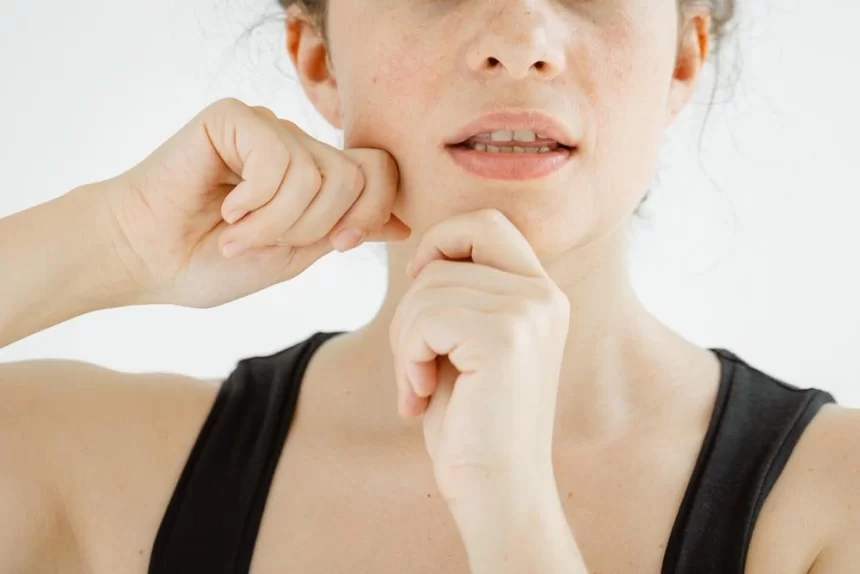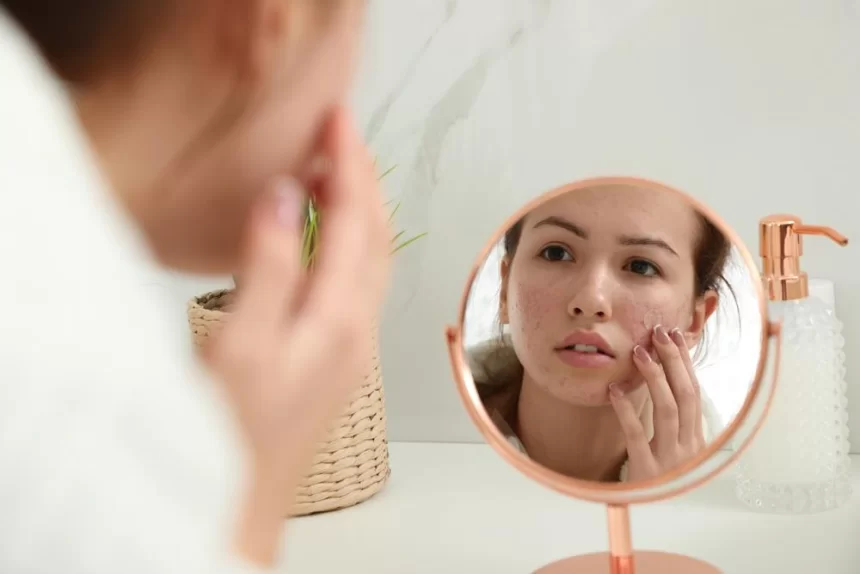How Safe Are Ice Facials? They Help with Under-Eye Circles, But They're Not for Everyone
Applying ice to the face can help reduce under-eye circles, puffiness, and redness, but it may cause irritation for sensitive skin. Learn how to use ice properly and who should avoid it.

❄️ How Safe Are Ice Facials? They Help with Under-Eye Circles, But They're Not for Everyone
Rubbing ice cubes on your face has become one of the most popular skincare hacks for “instant refreshment.” On TikTok, Instagram, and YouTube, influencers and skincare experts promote ice facials as a cheap, fast, and effective way to reduce puffiness, under-eye circles, and redness.
But how safe is this trend really? Does it actually help – and who might it harm more than benefit?
In this article, we share expert insights, benefits, and warnings about using ice in your skincare routine.
🧊 Why Is Ice Used in Skincare?
Ice affects the skin in several ways:
-
Reduces puffiness – it constricts blood vessels and reduces blood flow to inflamed or swollen areas
-
Soothes under-eye circles and dark bags – the cooling effect “awakens” the eye area
-
Tightens pores – cold instantly tightens the skin, which can visually reduce the appearance of large pores
-
Calms redness – especially helpful for acne and mild rosacea
-
Improves skin tone and circulation – alternating cold and warm boosts microcirculation
✅ How to Use Ice on Your Face Properly
-
Never apply ice directly to the skin.
Always wrap it in a thin cloth (like a clean gauze or tissue) to avoid ice burns. -
Keep it short and gentle.
Glide it gently over the skin for no more than 5 minutes total. -
Use it in the morning.
It’s ideal for reducing puffiness and refreshing the face before makeup. -
Always cleanse your face first.
Never apply ice over makeup, SPF, or dirty skin.
⚠️ When Are Ice Facials Not Safe?
Although it seems harmless, ice facials are not recommended for everyone, especially in these cases:
❌ People with sensitive skin
Cold can trigger redness, itching, and increased irritation in thin or reactive skin.
❌ Rosacea or couperose (broken capillaries)
Sudden temperature changes can worsen symptoms and damage capillaries further.
❌ People with circulation issues
Sudden vasoconstriction (tightening of blood vessels) may be risky for those with poor peripheral circulation.
❌ Extremely dry or cracked skin
Ice can dehydrate the skin further and cause flaking or micro-damage if used too frequently.
💡 Alternatives for Sensitive Skin
If you want a similar effect without the risk:
-
Use chilled spoons or quartz rollers (gua sha or jade rollers)
-
Apply a cold under-eye gel or sheet mask from the fridge
-
Make herbal ice cubes (e.g., chamomile, green tea, lavender) and apply briefly through fabric
🧴 How Often Should You Do It?
For most people with non-sensitive skin, 2–3 times a week is enough. If using it daily, observe how your skin reacts.
🌿 Conclusion
Ice facials can be a simple, natural, and refreshing addition to your routine – especially for morning puffiness or tired eyes. However, not all skin types are the same, and not every face tolerates extreme temperatures.
Proper technique and an individualized approach are key. If you notice redness, burning, or tightness after use, it may be better to try a gentler alternative.
For more natural beauty tips and skincare tricks – follow the Moja Lepota blog. 🌸
Share
What's Your Reaction?
 Like
0
Like
0
 Dislike
0
Dislike
0
 Love
0
Love
0
 Funny
0
Funny
0
 Angry
0
Angry
0
 Sad
0
Sad
0
 Wow
0
Wow
0

















